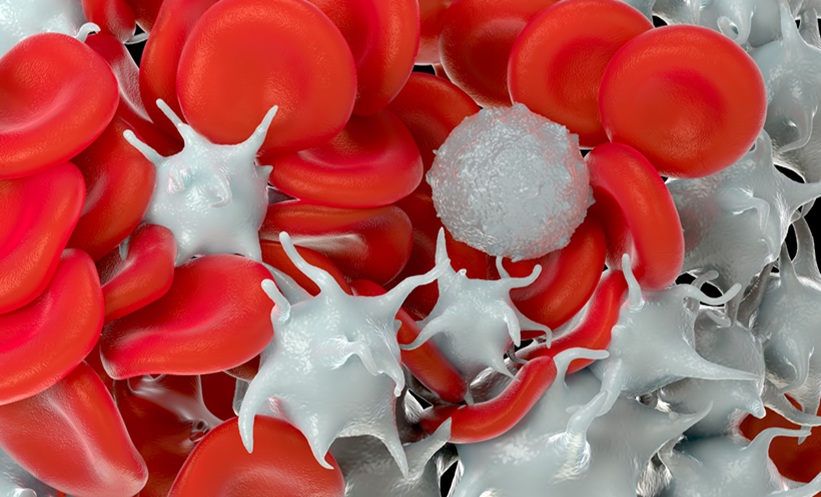HEPATITIS C (HCV) poses a severe health threat, particularly among vulnerable populations like people experiencing homelessness (PEH). HCV primarily spreads through blood contact, with about 70% of acute cases becoming chronic. Left untreated, chronic HCV can progress to cirrhosis, liver cancer, and even death. While no vaccine exists, direct-acting antivirals (DAAs) now cure over 95% of infections, marking a significant advancement in global HCV management. However, achieving the World Health Organization’s goal to eliminate HCV by 2030 remains challenging, particularly among high-risk groups such as PEH and those with injection drug use (IDU) histories.
In Spain, HCV prevalence among PEH has declined significantly, from 7.2% in 2019 to 3.4% in 2023. This reduction is partly attributed to effective HCV screening and treatment initiatives aimed at high-risk groups, including the use of mobile screening units and harm reduction programs. These units have improved HCV detection by reaching PEH in accessible locations and providing rapid testing, contributing to earlier intervention and reduced transmission.
IDU, lack of financial income, and alcohol misuse were identified as major risk factors associated with active HCV infection among PEH in Madrid. Individuals engaging in IDU exhibited an HCV prevalence rate of 28%, underscoring the need for targeted intervention in this group. Economic hardships also increase vulnerability, as financial instability may drive riskier behaviours. Similarly, alcohol misuse complicates HCV management and access to care.
Despite the pandemic’s impact on healthcare access, strategies such as safe needle provision, rapid testing, and peer support have bolstered HCV management among PEH. Peer support workers, in particular, play a crucial role in bridging healthcare access gaps by enhancing trust and engagement within this community.
While these efforts are promising, ongoing prevention and treatment strategies are essential for continued progress. Integrating HCV services into community-based settings, such as shelters, and expanding harm reduction programs could substantially reduce HCV transmission. Tailored healthcare initiatives are vital to achieving HCV elimination, particularly for underserved populations, and remain crucial to reaching the 2030 WHO elimination goal.
Reference
Ryan P et al. Prevalence of HCV infection among people experiencing homelessness in Madrid, Spain. JAMA Netw Open. 2024;7(10):e2438657.








